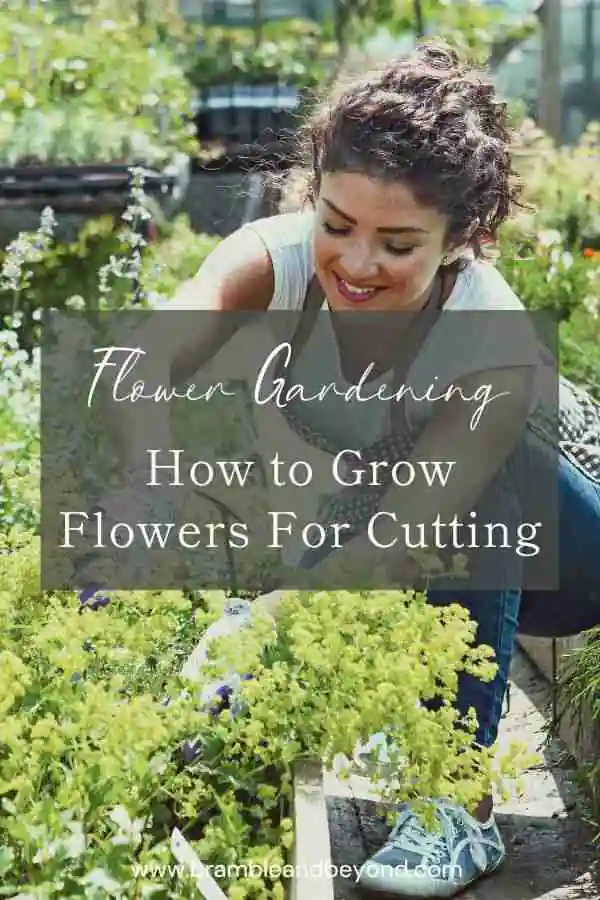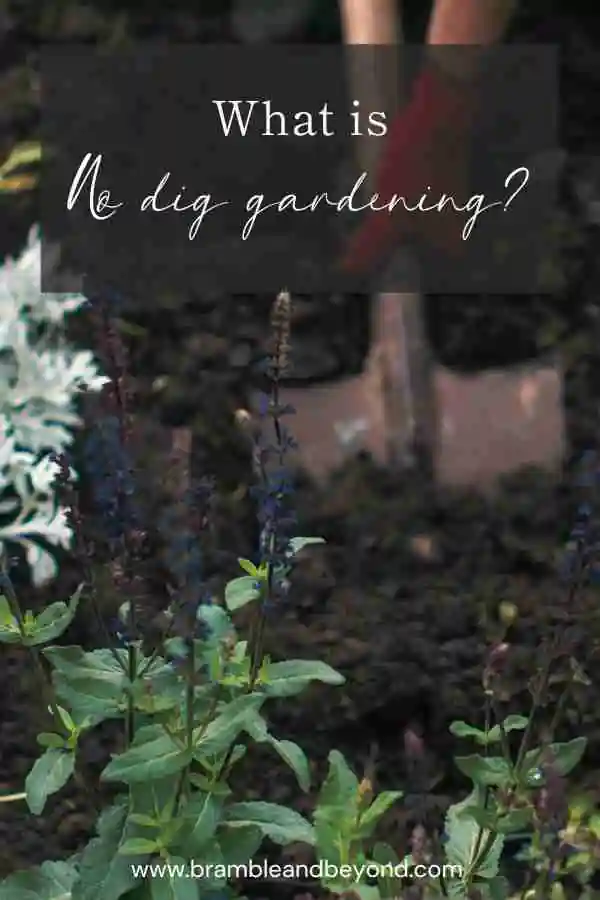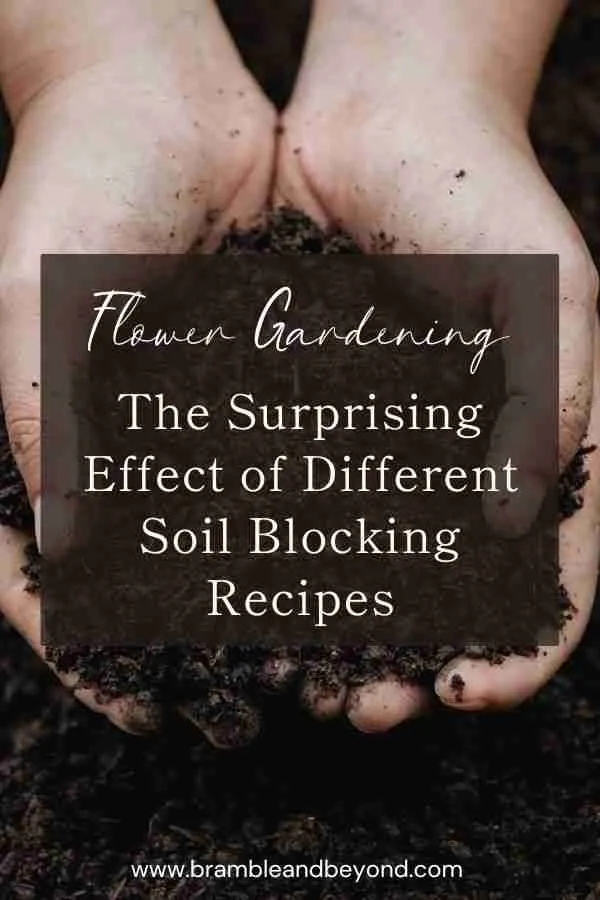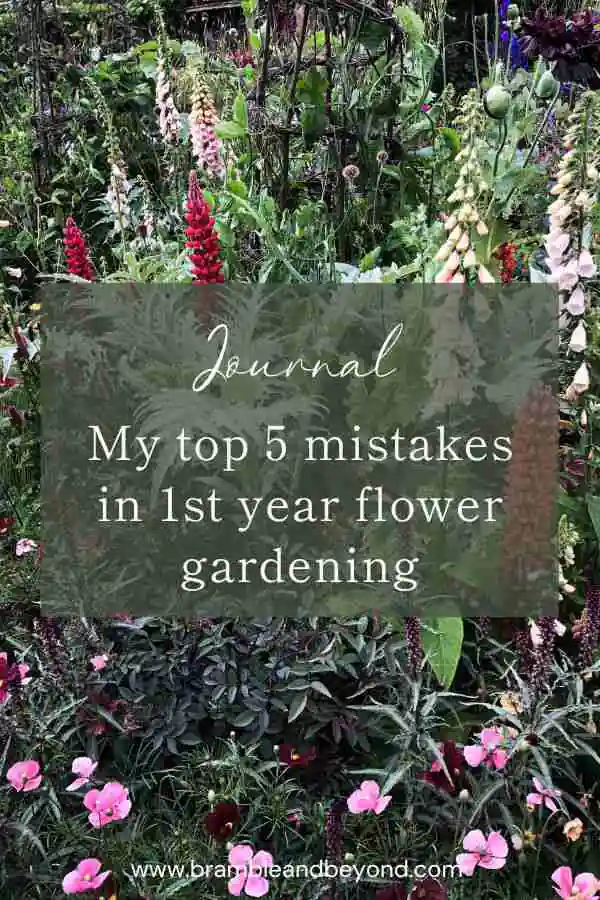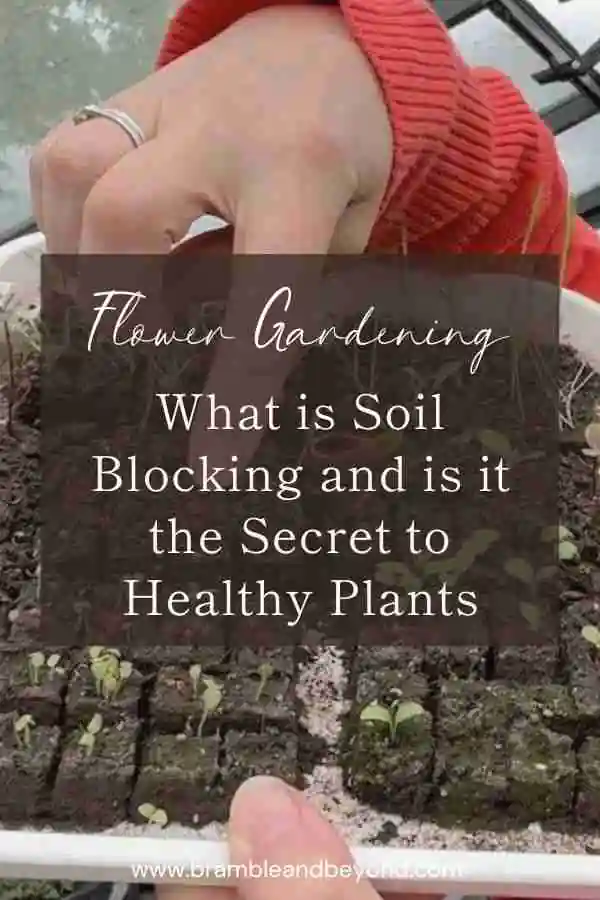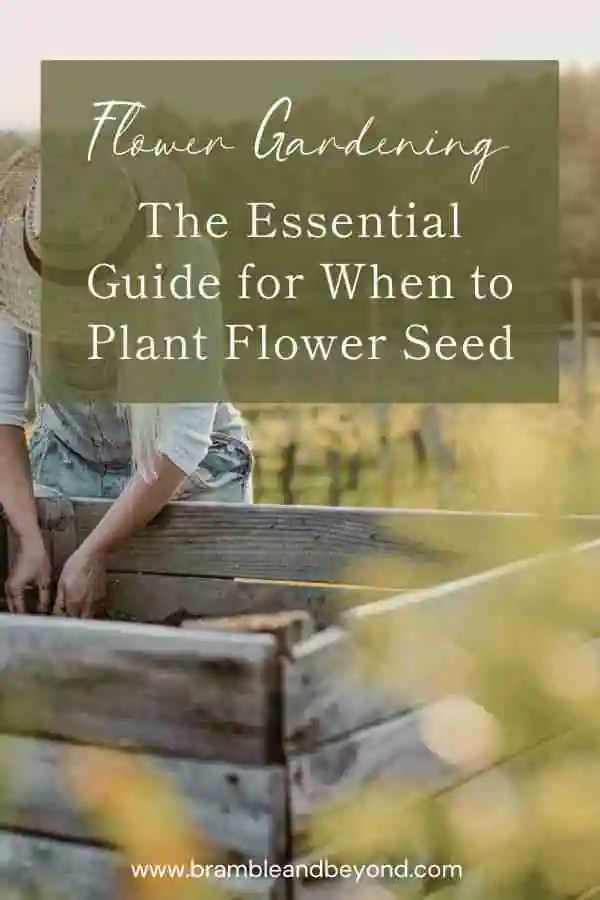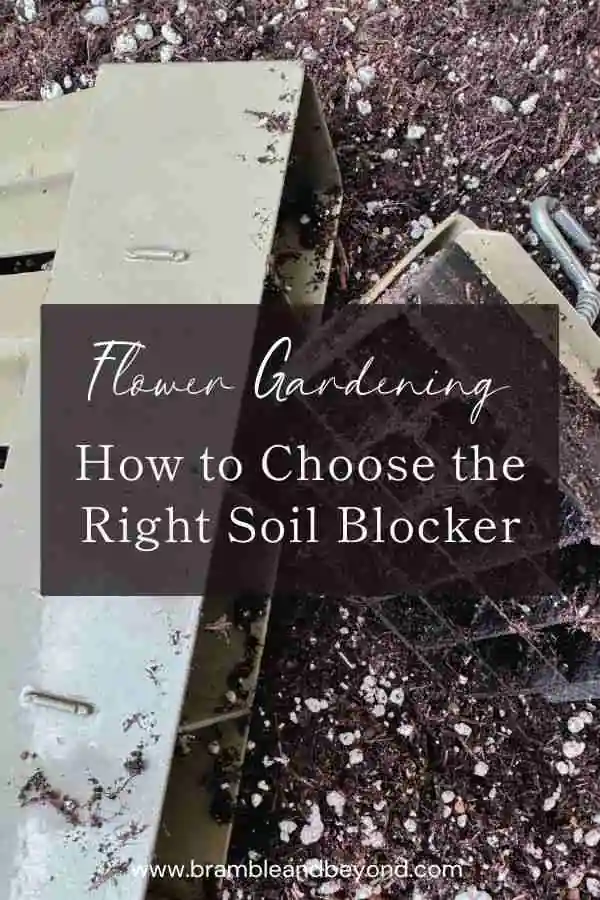Disclosure: This post may contain affiliate links, meaning I get commission if you decide to make a purchase through my links, at no cost to you. Please read my Affiliate Disclosure for more information.
If you’re like me, you love nothing more than a fresh bouquet of flowers brightening up your home. But have you ever wished you could just step into your garden and pick your own? Well, buckle up, fellow flower lovers, because we’re about to embark on a flower filled adventure!
This blog post is all about how to grow flowers for cutting and maintaining that flower bed like a pro. Because who needs a florist when you can be your own, right? So, grab your gardening gloves, your favourite sun hat, and let’s dive into the world of sustainable seasonal flower gardening!
How to grow flowers for cutting
Here’s a bit of good news: taking care of a cut flower garden generally requires less effort compared to a regular garden. This is because much of the work is done at the beginning to ensure the soil is in great condition. Giving your soil a nice, thick coat of garden compost provides all the nutrients it needs to help your plants grow strong and healthy. This also makes watering and weeding less of a chore.
Your cut flower garden will mostly be filled with annual flowers. Regularly cutting these flowers encourages them to bloom even more, and before you know it, you’ve got yourself a cycle of a productive and flourishing garden.
The following tips will teach you how to grow flowers for cutting and flower bed maintenance.
Finding the perfect spot
The first step in maintaining a cut flower garden is finding the right location.
Most cut flowers love basking in the sun in well drained soil, so find a spot that gets at least 6 hours of direct sunlight each day.
If you don’t have a sunny spot or if your soil tends to be a bit soggy, you’ll need to choose plants that can adapt to these conditions.
Don’t worry, there are plenty of flowers that are great for cutting and can thrive in shadier or damp conditions, like Aquilegia, Astrantia, Foxgloves and Hydrangea. You might just need to consider more perennials and shrubs rather than annuals.
Getting the soil ready
Once you’ve found the perfect location, it’s time to prepare the soil.
Cut flowers love soil that’s rich in organic matter, so add some compost or well-rotted manure before planting.
I find it best to add compost or manure in the autumn, as it gives the worms plenty of time during winter to mix it into the soil. You won’t even need to lift a spade!
In my own garden, I prefer the no-dig approach, which involves adding a 2-inch layer of compost to the top of the soil pretty much every time I clear it for new plants. This keeps the soil nutrient-rich and the flowers happy. Plus, you can plant right into the compost.
The compost also acts as a mulch to suppress weed growth and prevent water loss, reducing your need to water.
Following this approach, I have yet to add any additional fertiliser to improve the productivity of my cutting patch.
Picking the right flowers
If you want to keep your gardening chores to a minimum, start by choosing low-maintenance flowers. Some flowers are easy to grow and care for, while others require a bit more attention.
Annual flowers such as sunflowers, zinnias, and marigolds are easy to grow and maintain, while roses require a bit more TLC. Although roses are shrubs and only need an annual pruning in winter, as opposed to the sowing needed for the annual flowers.
When choosing flowers for your cut flower garden, consider a mix of annuals and perennials. Most annuals are easy to grow from seed. Perennials, such as roses, dahlias (technically they’re tubers, but let’s not split hairs) and peonies, return year after year.
The key to your plant choice is to ensure you have enough variety so that you always have something to cut throughout the season.
If you are ready to buy your seeds I have all of the easy cut flower seeds to grow in my shop. Shop Now
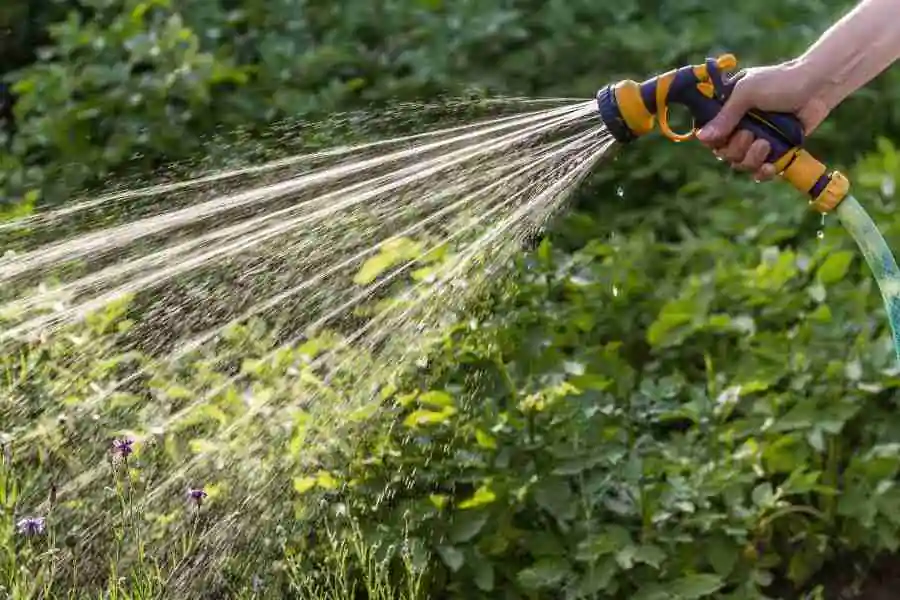
Watering wisely
For plants to grow strong and produce plenty of flowers, they need nutrients and water. While good soil health should cover the nutrients part, watering may require more attention.
Here in the rather rainy Shropshire in the UK, I usually don’t need to provide any extra watering once the plants are established. I make sure the seedlings are well watered when I plant them out, and after that, I let them fend for themselves. I want them to grow deep roots to hunt out their own water supply.
However, we had an unusually hot and dry summer last year, which required watering the plants once a week for about a month when there was no rain.
I used a budget-friendly rotating sprinkler at that time, although it wasn’t the most efficient system as it watered the paths just as much as the beds. If we’re in for another hot, dry summer, I might have to consider a more efficient system for both time and water economy.
I have covered different watering systems in this post.
If you live in a generally dry climate, it’s worth investing in a good watering system from the start. A system that waters the plants close to their base is best, as it delivers water to the roots faster and prevents evaporation from the leaves.
Keeping up with deadheading
Pruning and deadheading are key to keeping your cut flower garden healthy and productive.
Pruning mainly applies to your shrubs or perennials, such as roses, and is usually done once a year, in winter.
If you’re cutting all your flowers regularly for your flower arrangements, then deadheading should be a breeze. However, if you grow more flowers than you need, it’s still a good idea to cut them at their peak and give them to loved ones. If flowers die back, they’ll only need deadheading anyway.
Deadheading your plants, or in a cutting garden, ‘cutting your flowers,’ encourages new growth and more blooms. This is part of the cycle of a productive cut flower garden. After all, the purpose of a cutting garden is to pick flowers, so this can be seen as achieving your goal rather than a maintenance task.
Maintain good pest and disease control
Pests and diseases can pose a real threat to your cut flower garden. Regular monitoring and appropriate control measures are essential.
Where possible, implement preventative measures to protect your plants from common pests and diseases, such as slugs and snails. A good garden hygiene routine can prevent many diseases, and if your plants are strong and healthy, they can withstand a bit of disease and pest nibbling.
Pesticides, organic or otherwise, should be your last resort. They’re often not needed if you have good soil health and robust plants.
At the moment, my biggest pest problem is rabbits. This year, I need to find a way to fence off my patch to keep the little critters out.
Maintaining a cut flower garden might seem like a daunting task, but with the right tools and a bit of love and care, you can have a beautiful garden that brings you joy all season long with minimal effort.
If you’re new to gardening, don’t be afraid to start small. Consider planting a few pots with easy-to-grow annuals, or create a small raised bed with a mix of perennials and annuals. With a bit of practice, you’ll be able to expand your garden and enjoy the joy of fresh flowers all year round.
Give these tips a try and let me know in the comments how your cut flower garden blossomed!

